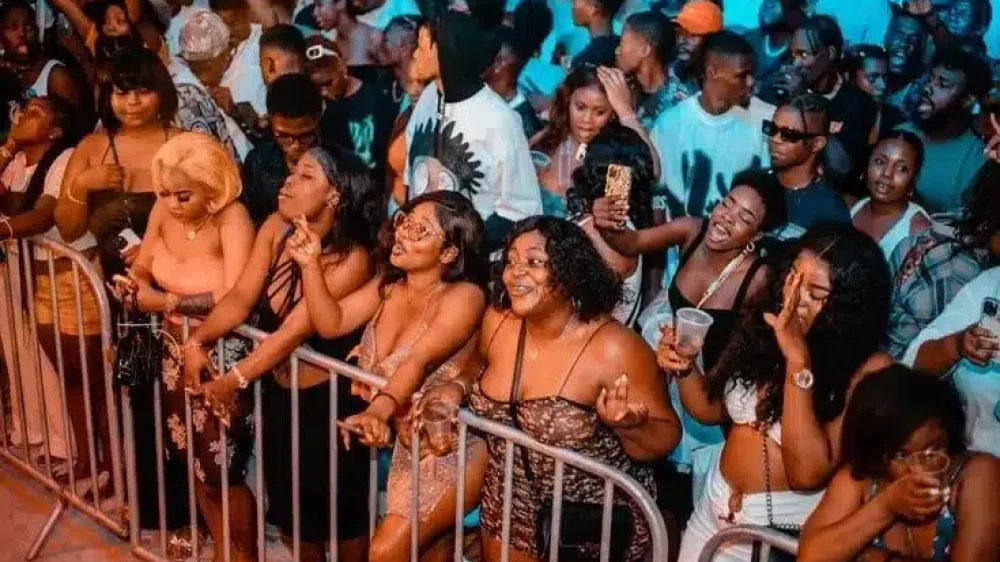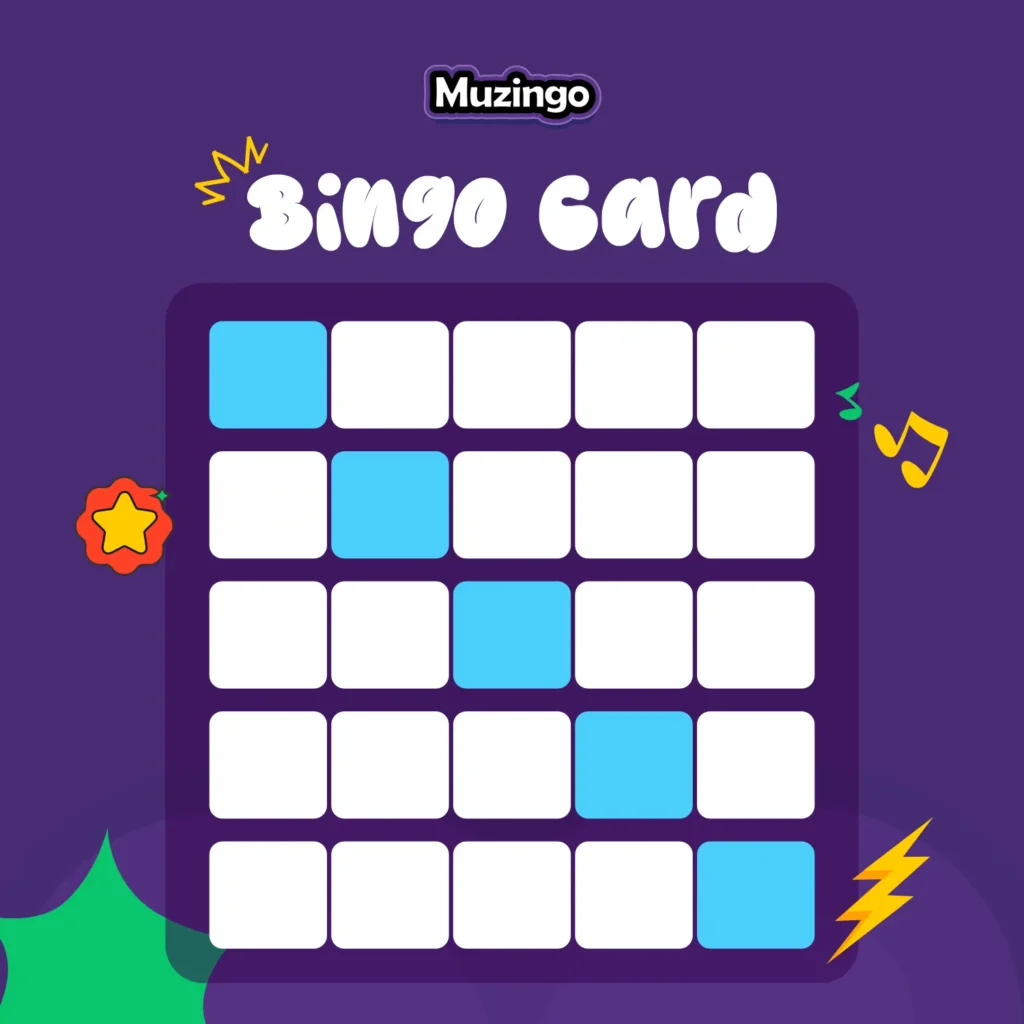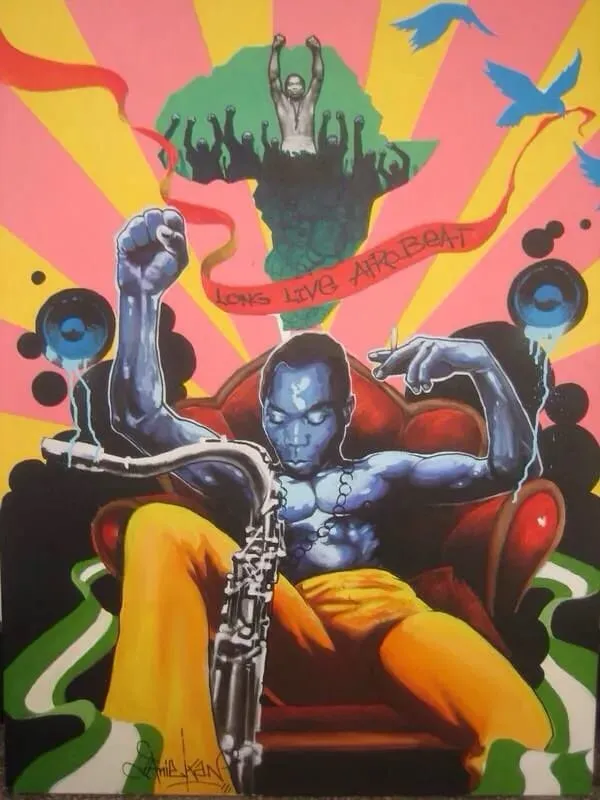
Image by M. Whitfield on Pinterest
Energetic crowd at an Afrobeats concert
Introduction
Hi music lover! Have you ever grooved to a catchy Rema track or felt the raw energy of Fela Kuti’s classics, you are already part of the Afrobeats story. This genre is not just music, it is a cultural movement that started in Nigeria and now pulses through playlists worldwide. We’ll trace its path from Fela’s Afrobeat roots; without the ‘s’, to the pop-infused Afrobeats we know today. Along the way, we will hit on key artists, sound shifts, and why it is blowing up in 2025. Stick around; you might discover your next favorite tune.
RELATED BLOG POSTS
Top Afrobeats Playlists For Game Nights
How Music Genres Like Afrobeats Boost Bingo Fun
Discovering African Music Through Interactive Games
Evolution Of Global Music Trends In 2025
The Roots: Fela Kuti and the Birth of Afrobeat
Let us kick things off in the late 1960s Lagos, where Fela Kuti blended jazz, funk, highlife, and Yoruba percussion into something revolutionary. Fela, often called the “Black President,” used his music as a weapon against corruption and colonialism. Tracks like “Zombie” from 1976 criticized the Nigerian military, mixing hypnotic rhythms with bold lyrics. This was Afrobeat; spelled without the ‘s’; a genre rooted in activism and extended jams, sometimes lasting over 20 minutes.
Fela’s influence reached global stages, inspiring artists like James Brown during his 1970 Nigeria visit. By the 1970s, Afrobeat had spread through Fela’s band, Africa ’70, with stats showing over 50 albums released in his lifetime. His son, Femi Kuti, carried the torch, earning Grammy nods and keeping the political edge alive.
But here is where it gets interesting, as Nigeria’s music scene evolved in the 1980s, highlife and jùjú sounds mixed in, setting the stage for a shift. Younger artists started experimenting, pulling in hip-hop elements from the U.S.
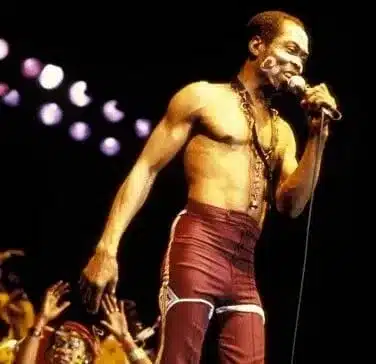
Image by Angela Lamb-Onayiga on Pinterest
Fela Kuti on stage, embodying the roots of Afrobeats evolution
The Bridge Years: 1980s to 2000s Influences
Fast forward to the ’80s and ’90s; Nigeria was buzzing with change. Artists like King Sunny Adé brought jùjú to international audiences, touring with Western acts. Then came the hip-hop wave; 2Baba (formerly 2face Idibia) with his 2004 hit “African Queen,” which fused R&B, reggae, and local vibes. This era bridged traditional Afrobeat to what we would call Afrobeats today.
By the early 2000s, producers like Don Jazzy were layering electronic beats over African rhythms. D’banj’s “Oliver Twist” in 2011 went viral, hitting UK charts and introducing Afrobeats to Europe. Stats from Spotify show African streams jumped 500% between 2010 and 2020, thanks to these crossovers.
Ghana’s role can not be ignored; azonto dance craze influenced beats, while South African house added flavor. This period solved a pain point for fans, which is making African music more accessible globally without losing its soul.
The Global Explosion: 2010s and the Rise of Superstars
The 2010s is the decade Afrobeats went supernova. Wizkid’s collaboration with Drake on “One Dance” in 2016 topped Billboard charts, amassing over 2 billion streams. This was not just luck; it highlighted Afrobeats’ catchy hooks and danceable grooves.
Davido’s “Fall” became a U.S. radio staple, while Burna Boy’s 2019 album “African Giant” snagged a Grammy for Best Global Music Album in 2021. Burna often nods to Fela, blending reggae and dancehall. By 2025, Afrobeats artists hold 15% of global streaming shares.
Women shone too; Tems’ soulful voice on Wizkid’s “Essence” in 2020 pushed boundaries, earning her a spot at Coachella 2025. The genre’s evolution here addressed user confusion, it is not just Nigerian; it is pan-African, with amapiano from South Africa fusing in tracks like Asake’s hits.
Take Your Game Nights to the Next Level
Muzingo is a fun game where players listen to music tracks and match them to bingo cards — competing to win prizes with friends.
Play Muzingo FreeNo Card Required
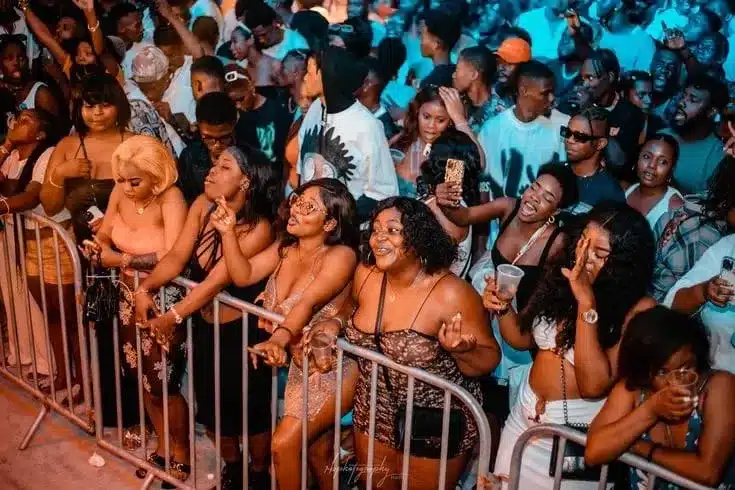
Image by rbphotographyhaiti on Unsplash
Energetic crowd at an Afrobeats concert.
Modern Innovations in Afrobeats: Rema and the New Wave
Enter Rema, the Gen Z kingpin redefining Afrobeats with “Afrorave.” His 2019 breakout “Dumebi” mixed trap and Indian influences, but by 2024’s “HEIS” album and 2025 tours, he is pushing boundaries further. Rema’s “Ozeba” track, released in 2024, signals electronica infusions, drawing from DJs like Khalipha.
What’s new in 2025? With AI tools aiding production, artists like Rema experiment with virtual collabs. His sold-out arena shows in Europe this year prove Afrobeats’ staying power. Compared to Fela’s protest anthems, Rema’s focus is feel-good escapism, but he honors roots; sampling Fela in live sets.
This evolution tackles pain points like genre stagnation. Subgenres like Afrorave keep it fresh, appealing to TikTok crowds where dances go viral. Global impact? Afrobeats boosted Nigeria’s economy by $2 billion in streaming revenue last year alone.
Cultural Impact and Future of Afrobeats
Beyond beats, Afrobeats fosters pride in the diaspora. Festivals like Afro Nation in 2025 drew 50,000 fans, mixing music with culture. It challenges stereotypes, showing Africa’s innovation; from Fela’s activism to Rema’s tech-savvy style.
Challenges ahead: Artists like Burna Boy critique the “Afrobeats” label as limiting, pushing for “African music” recognition. With climate tours and charity drops in 2025, the genre’s evolving socially too.
Looking forward, expect more fusions; maybe with K-pop or Latin trap. Afrobeats is not stopping; it is adapting.
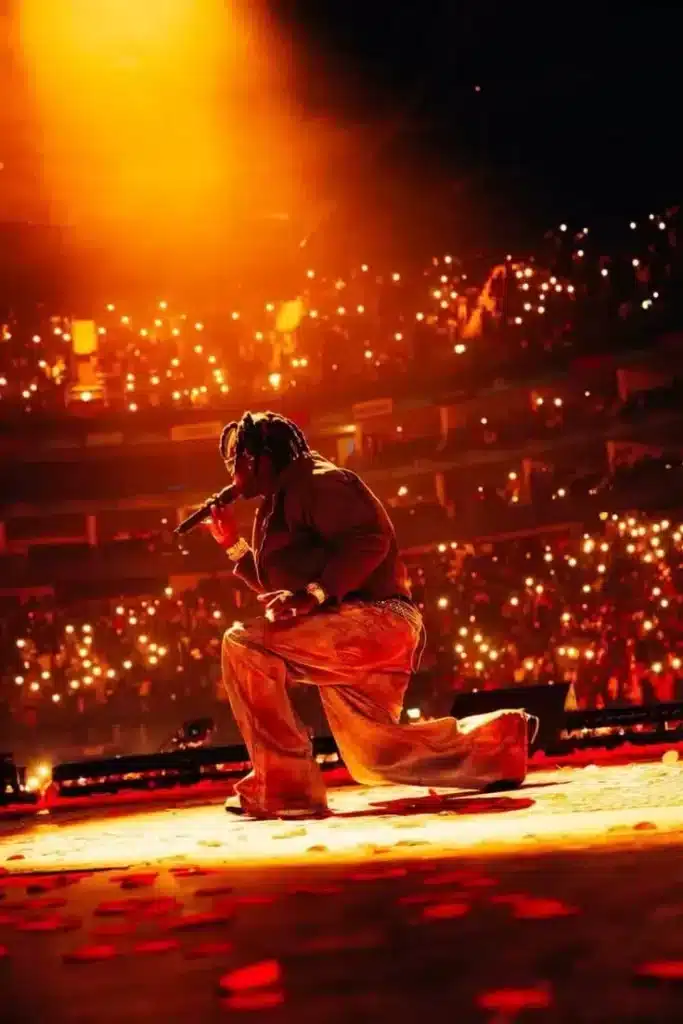
Rema in a dynamic performance.
Wrapping Up the Evolution of Afrobeats
From Fela Kuti’s fiery foundations to Rema’s electrifying twists, the evolution of Afrobeats showcases resilience and creativity. It is more than music, it is a global connector, blending heritage with innovation. This journey highlights why Afrobeats dominates charts in 2025.
Ready to vibe with these sounds? Head over to Muzingo and host a music bingo game featuring Afrobeats hits; perfect for parties or chill nights. Sign up today and turn up the fun!
READ MORE: Best Afrobeats Tracks for Your Next Playlist
FAQs
1. What’s the difference between Afrobeat and Afrobeats?
Afrobeat (no ‘s’) is Fela Kuti’s 1970s fusion of jazz, funk, and activism. Afrobeats (with ‘s’) is the modern, pop-influenced version from the 2000s onward, featuring artists like Wizkid and Rema.
2. Who are the key artists in the evolution of Afrobeats?
Pioneers include Fela Kuti for roots, 2Baba for the bridge, Wizkid and Burna Boy for global breakthroughs, and Rema for current innovations.
3. How has Afrobeats gone global in 2025?
Through collabs like Wizkid-Drake, Grammys for Burna Boy, and festivals like Coachella featuring Tems. Streaming platforms report billions of plays, with economic boosts in Africa.

